Join the community
Thought Leadership Centre
Most Read
1. Finance leaders flag governance risks with fast growing fintech systems 2. Why AI governance is a key priority for financial institutions 3. Foreign institutions pursue market entry as Japan strengthens fintech rules 4. Payment leaders push for interoperability to solve SME cash flow 5. Five takeaways from day 1 of the Singapore Fintech FestivalResource Center
Awards
Mar
24
Event News
Energy & Offshore
Tuas Power to complete Singapore’s first 100% biomass conversion by 2028
The landmark project will cut one million tonnes of carbon emissions annually.

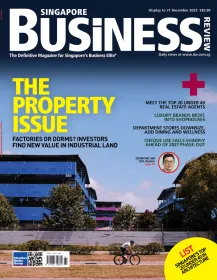
 Advertise
Advertise





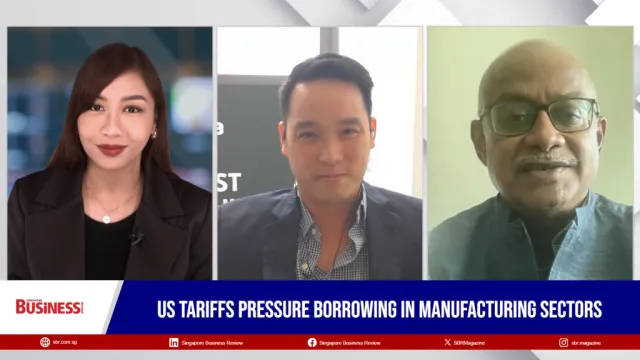


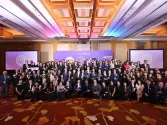
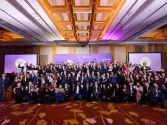

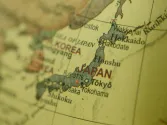







Commentary
What Singaporeans must know about leadership
What Singaporeans must know about leadership
Find out what is the ultimate productivity booster for Singaporeans
What makes Singapore and Hong Kong entirely different from each other
Why Singapore firms must take advantage of sustainability reporting now
What Singapore sports managers can learn from game fans
How Singapore financial firms must utilise risk appetite
How Singapore airline companies can maximise air cargo opportunities
Do Singaporeans save enough to retire?
What Singaporean employees must do in their first 100 days at work
Why Singaporean buyers are lured to overseas property market
The secret that makes copy-pasting a successful business
How local firms will be hit by Singapore's new labour laws
How Chinese culture can convince Singapore staff to be team players
What sustainable business really needs in Singapore
How Singapore bosses should play catch-up with job-hopping employees
Is a design degree necessary in Singapore's marketplace today?
5 ways to get Singapore's C-suite members to listen to you